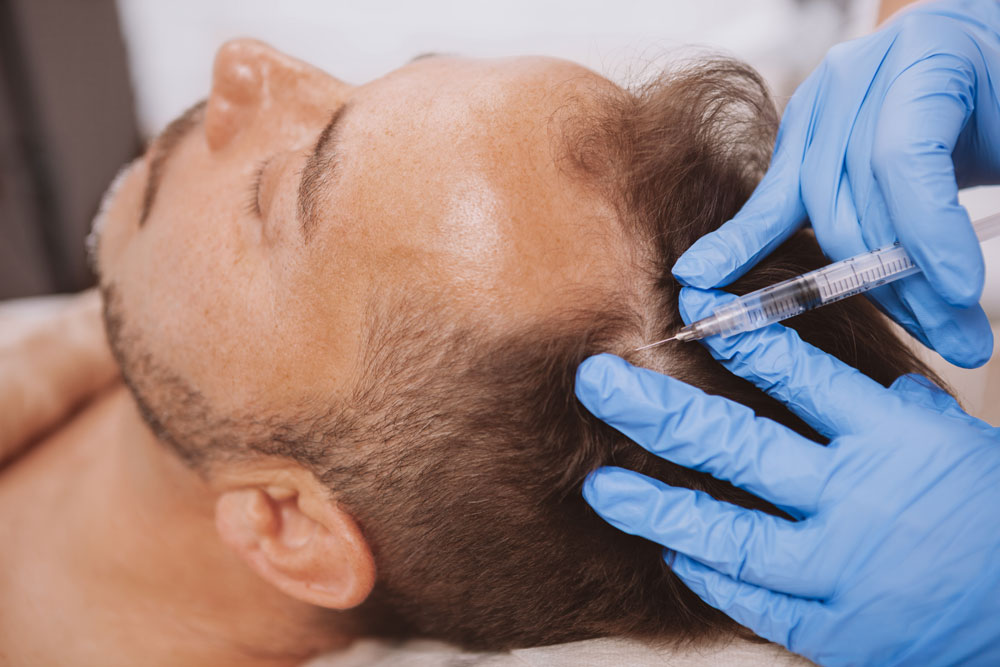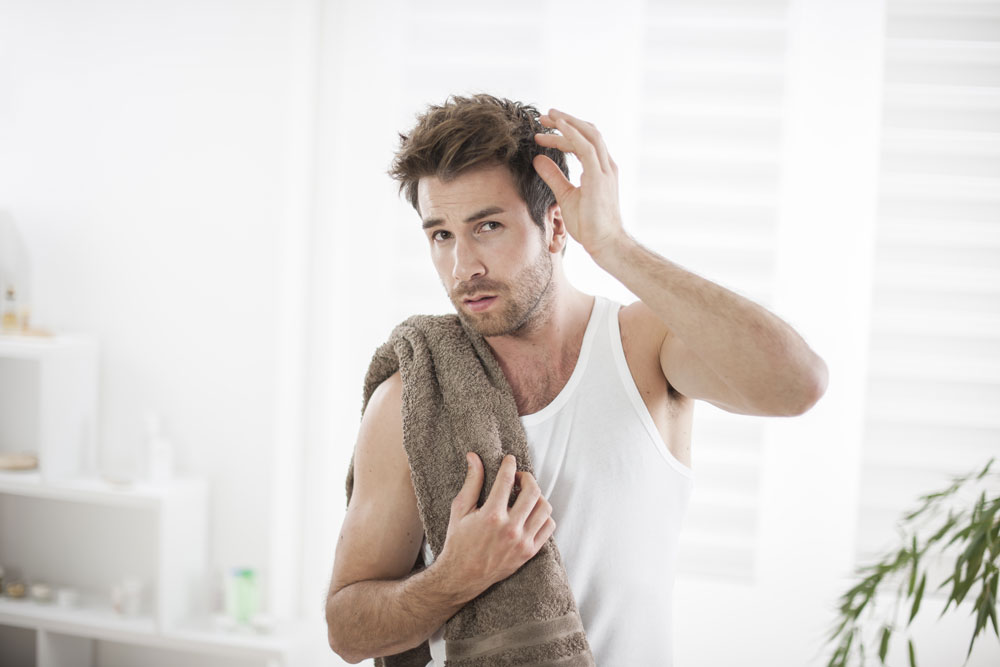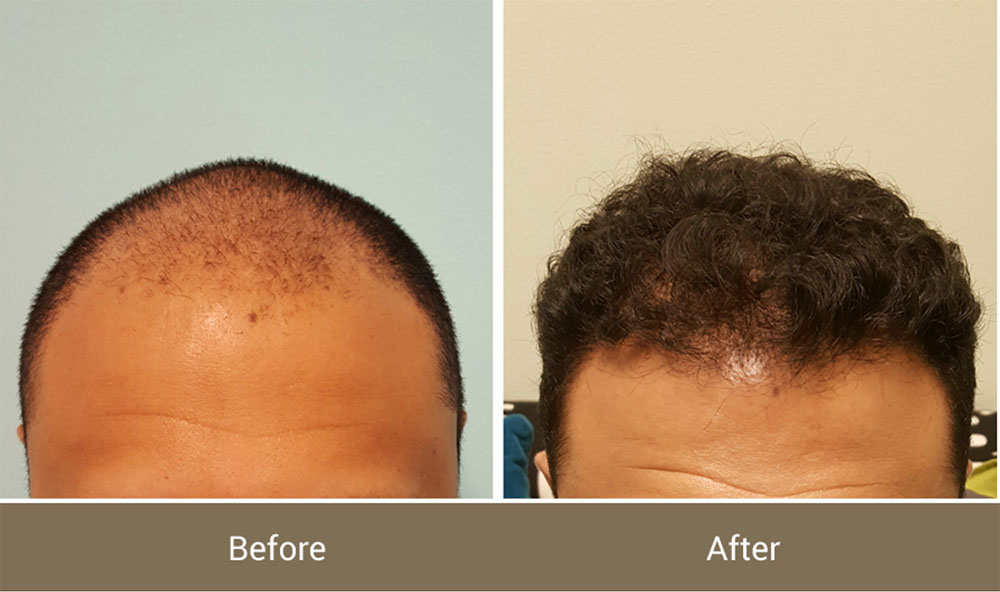Loosing hair?
All you need to know about regenerative PRF hair loss treatment!
Numerous football and baseball players have used Platelet Rich Fibrin Therapy, even golfer Tiger Woods, the same treatment as Regenerative can offer.
Although there are some basic similarities between platelet-rich plasma (PRP) and platelet-rich fibrin (PRF), there are some crucial differences that make PRF superior for hair restoration.
Both procedures require a blood draw. The blood is then spun in an FDA approved centrifuge, which causes the heavier cells in the blood, some stem cells and white blood cells to collect in the bottom part of the test tube, while the platelets and plasma containing active soluble growth factors and collect in the upper part. The platelet /plasma fraction is collected and injected into the areas of thinning hair.
Research is showing that even higher concentrations of platelets, as well as a concentration of white blood cells and stem cells is a more effective mix. That’s what PRF delivers. To create PRF the blood is gently spun at a very specific low speed for a very specific length of time, so that the layers of the blood do not separate out as distinctly. This allows some of the white blood cells and stem cells to remain within the platelet/plama/ growth factor layer, instead of being separated. This gives PRF more healing factors than PRP. Plus, the lower centrifuge speed causes less trauma with the individual cells involved.
Another difference is the final concentration of platelets in PRP and PRF. PRP ends with 2 to 5 times the level of platelets found in normal blood. Higher concentrations are more effective, and PRF contains approximately 10 times the platelet concentration when compared with normal blood.
Also, PRF does not contain any additives, whereas an anticoagulant is used during the processing of the blood when making PRP. Without the anticoagulant, PRF takes the natural fibrinogen within our blood and it is converted to fibrin by thrombin in the early stages of clot formation. This creates a spongy fibrin matrix that activates the platelets that acts as a scaffolding to keep the growth factors and stem cells in the area they are injected, keeping them from diffusing, which can happen with PRP.

At Regenerative we use PRF for hair re-growth therapy.
If you are experiencing hair loss, you’re basically a good candidate for PRF hair restoration. However, the growth factors, white blood cells, stem cells, and platelets in the PRF work best when awakening dormant hair follicles. These hair follicles are still healthy and capable of growing hair, but they are spending more and more time in dormant phase. That’s why PRF hair restoration works best when the patient notices early hair loss. Clinically, this is known as androgenic alopecia.
PRF works well for both men and women, especially those in the early stages of hair loss. It also is effective for women with traction alopecia, hair thinning caused by hairstyles that pulled the hair to an extreme degree and inhibited hair growth. It is also a good procedure for people whose hair is thinning but who don’t want to resort to taking medications regularly.
When to Expect Hair Growth
The goal is two-fold. First, the hair follicles need to stop transitioning for longer periods into the dormant/resting phase of the hair growth cycle. Second, those follicles need to be given the growth factors, stem cells, and platelets to revive them and get them to return to the growth phase.
You’ll first see a marked decrease in hair thinning and shedding.
New hair growth can be seen as early as 2 months, but is typically evident between 6-9 months and may continue to improve up to a year after treatment.
Several treatments may be needed to obtain desired results.
PRF therapy is a versatile tool in the treatment of hair loss for a number of causes including:
• Male Pattern Hair Loss
• Female Pattern Hair Loss
• Alopecia Areata
Preparation for PRF Treatments
Any anti-inflammatory medications and certain supplements will need to be stopped, as they can lead to bleeding and bruising.
Otherwise, it’s a good idea to drink plenty of fluids and hydrate fully for the three days prior to your PRF session.
PRF Treatment aftercare
There isn’t really any recovery, and you can return immediately to your normal activities or work.
You may take an over-the-counter pain medication if you feel any soreness, but you can shower and wash your hair immediately. Don’t use ice packs on your scalp, as the cold can inhibit the PRF activity. Your scalp may be a little pink or red across the treatment areas for several hours after your Regenerative PRF hair treatment.
Read about Hair treatment, a Report of Three Patients. Read the pdf document, click here







